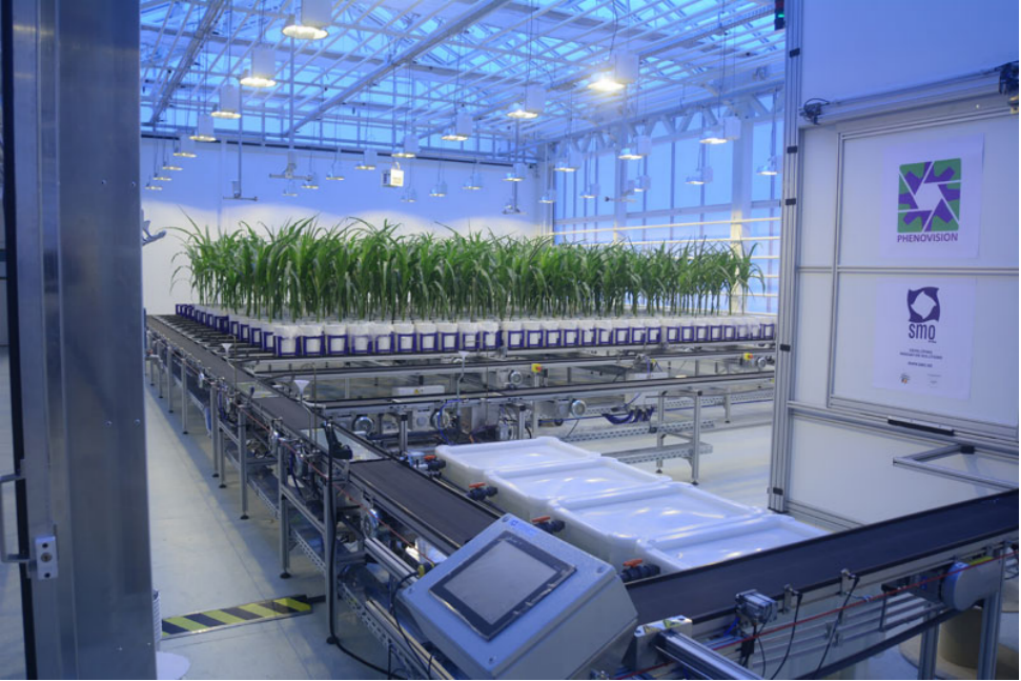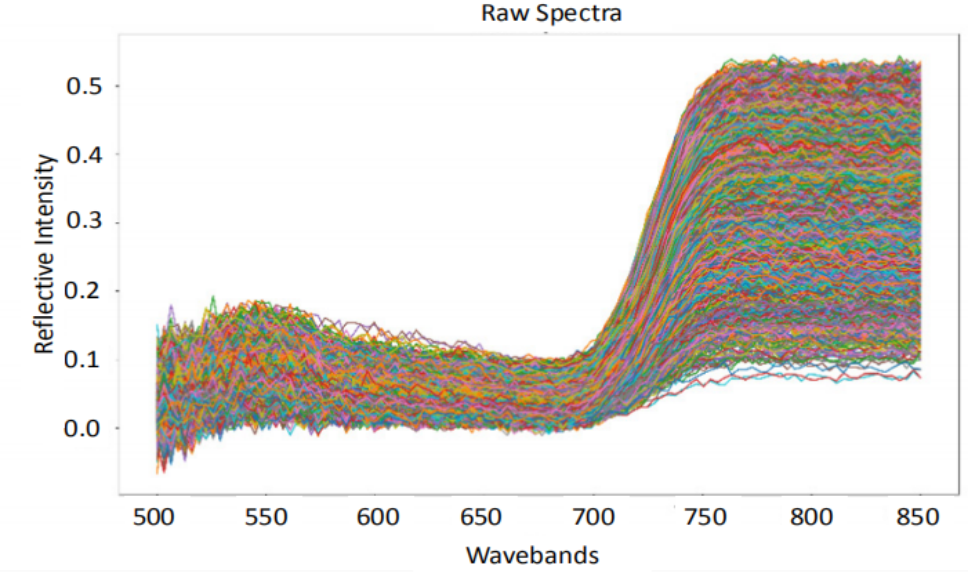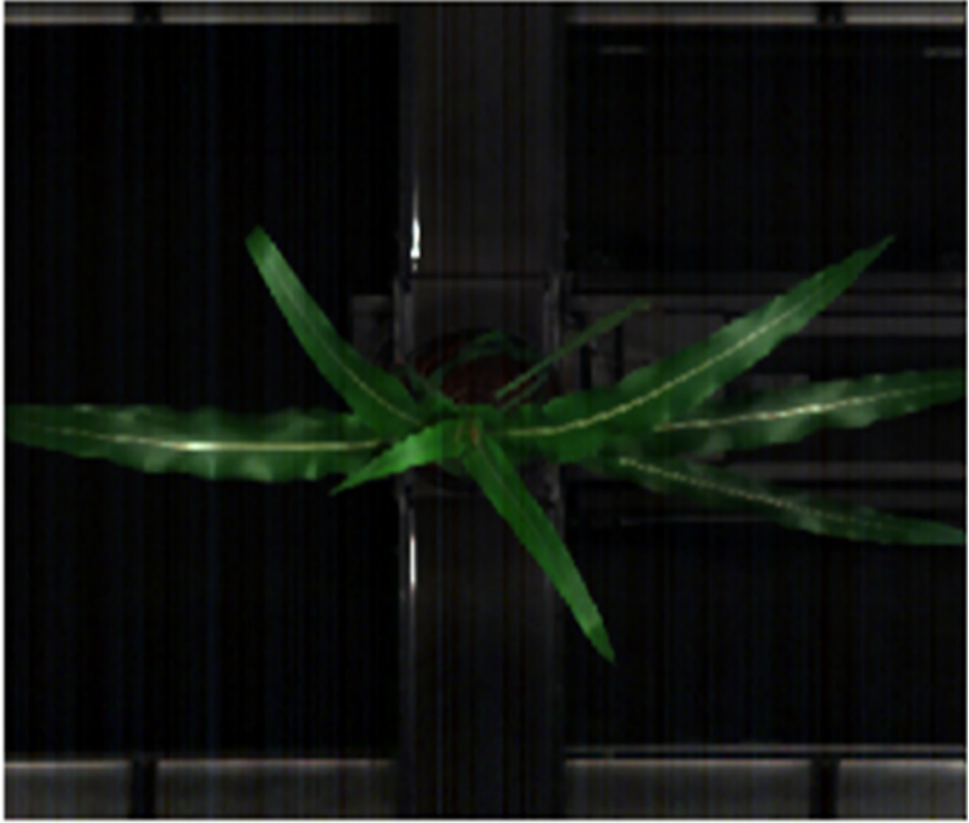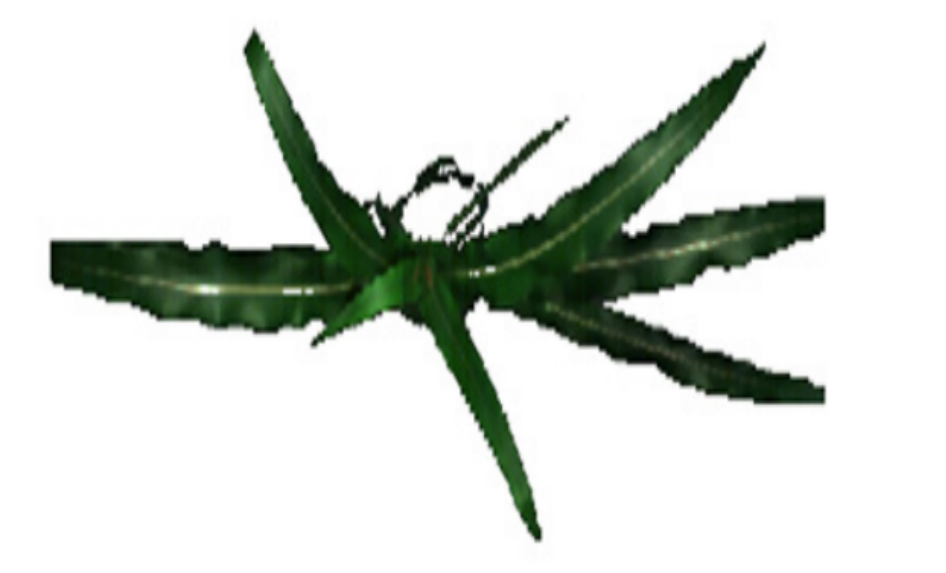品质至上,客户至上,您的满意就是我们的目标
当前位置: 首页 > 新闻动态
科学家利用WIWAM室内表型成像系统发表高光谱用于植物水分胁迫评估的文章
发表时间: 点击:730
来源:北京博普特科技有限公司
分享:
来自根特大学的科学家等利用WIWAM Conveyor植物表型成像系统发表了题为Spectral Correction and Dimensionality Reduction of Hyperspectral Images for Plant Water Stress Assessment的文章。

植物表型成像系统WIWAM conveyor
WIWAM植物表型成像系统由比利时SMO公司与GHent大学VIB研究所研制生产,整合了LED植物只能培养、自动化控制系统、叶绿素荧光成像测量分析、植物热成像分析、植物近红外成像分析、植物高光谱分析、植物多光谱分析、植物CT断层扫描分析、自动条码识别管理、RGB真3D成像等多项先进技术,以优化的方式实现大量植物样品以优化的方式实现大量植物样品——从拟南芥、水稻、玉米到各种其它植物的*生理生态与形态结构成像分析,用于高通量植物表型成像分析测量、植物胁迫响应成像分析测量、植物生长分析测量、生态毒理学研究、性状识别及植物生理生态分析研究等。
WIWAM conveyor是一款集成机器人解决方案,用于高通量可重复表型平台,用于大型植物如玉米。该机器人可进行自动灌溉,允许定期对多种植物生长参数测量。WIWAM Conveyor代替了很多手工操作,省时省钱,精度高。该WIWAM机器人传送带网络组成,可将植物传送到1或多台称重浇水站以及成像柜,成像柜中安装有一系列的非损害性照相系统。全套系统可以安装在现有温室,由高品质工业部件构成。典型应用是植物种植在不同各自花盆内。这些花盆在传送带系统上以小车运输。花盆和小车均有识别码(分别QR和RFID码),从其固定生长区域传送到称重和灌溉站以及成像柜,都可对每植株进行个性处理。成像平台是封闭区域,配有适合照像的光照条件,配有旋转平台提升装置,可从观察角度稳定获得图像,聚焦远处感兴趣部分。成像柜可以容纳一系列照相系统,用于非损害性图像获取。
用于植物水分胁迫评估的高光谱图像的光谱校正和降维
摘要
高光谱成像(HSI)是一种新兴的植物表型分析技术,它携带丰富的信息,对植物具有非侵入性。然而,为了获得更高的植物性状分析精度,还需要解决光照效应和高维光谱特征等因素。本研究探索并分析了光谱归一化和降维方法。本文有2个的重点目标,第一个目标是探索用于光谱校正的标准正态变分(SNV)、最小绝对偏差(L1)和最小二乘(L2)归一化;第二个目标是探索主成分分析(PCA)和方差分析Fisher检验(ANOVA F检验)在光谱判别建模中用于光谱降维的可行性。该分析技术已通过maisep的HSI数据进行了验证。
关键词:方差分析fisher检验,高光谱成像,植物表型,主成分分析,标准正态变量


Hyperspectral image presented in RGB

Hyperspectral image after segmentation
Spectral Correction and Dimensionality Reduction of Hyperspectral Images for Plant Water Stress Assessment
Abstract
Hyperspectral Imaging (HSI) is one of the emerging techniques used in plant phenotyping as it carries abundant information and is non-invasive to plants. However, factors like illumination effect and high-dimensional spectral features need to be solved to attain higher accuracy of plant trait analysis. This research explored and analysed spectral normalisation and dimensionality reduction methods. The focus of this paper is twofold; the first objective was to explore the Standard Normal Variate (SNV), Least Absolute Deviations (L1) and Least Squares (L2) normalisation for spectral correction. The second objective was to explore the feasibility of Principal Component Analysis (PCA) and Analysis of Variance Fisher’s Test (ANOVA F-test) for spectral dimensionality reduction in spectral discriminative modelling. The analysis techniques were validated with HSI data of maise plants for early detection of water deficit stress response. Results showed that SNV performed the best among the three normalisation methods. Besides, ANOVA F-test outperformed PCA for the band selection method as it improved the trait assessment on the water deficit response of maise plants.
Keywords: Analysis of variance fisher’s test, hyperspectral imaging, plant phenotyping, principal component analysis, standard normal variate